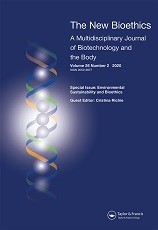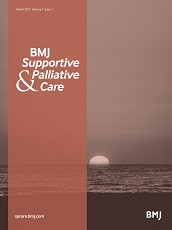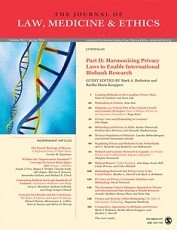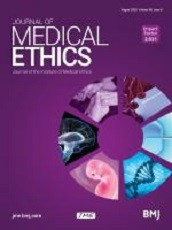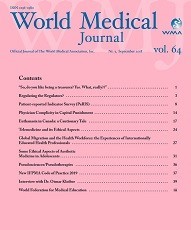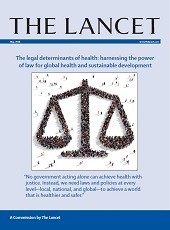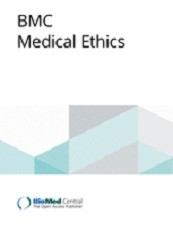Philip A. Pizzo,David Spiegel, Michelle M. Mello

Extract
In December 2020, less than a year after severe acute respiratory syndrome coronavirus 2 was identified as the cause of the coronavirus pandemic, an extraordinary collaboration between scientists, the pharmaceutical industry, and government led to 2 highly efficacious, safe vaccines being approved by the US Food and Drug Administration . . .
. . . However . . . A number of leaders in federal, state, and local government, guided by political exigency and recommendations from a small number of physicians and scientists who ignored or dismissed science, refused to promote sensible, effective policies such as mask wearing and social distancing. This contributed to the US having more infections and deaths than other developed nations in proportion to population size . . .
Among the ways in which science-based public health evidence has been dismissed in the US is the replacement of highly experienced experts . . . with persons who appear to have been chosen because of their willingness to support government officials’ desire to discount the significance of the pandemic. . .
. . . History is a potent reminder of tragic circumstances when physicians damaged the public health, from promoting eugenics to participating in the human experiments that took place in Tuskegee to asserting erroneously that vaccines cause autism. It can be difficult to hold physicians accountable, especially when they are acting in policy roles in which malpractice lawsuits will not succeed. Professional self-regulation serves as the primary vehicle for accountability and is critical if trust in science and medicine is to be maintained.
To that end, action from within the medical profession is an important but underused strategy. . .
Pizzo PA, Spiegel D, Mello MM. When Physicians Engage in Practices That Threaten the Nation’s Health. JAMA; 2021 Feb 04. Published online February 04, 2021. doi:10.1001/jama.2021.0122
